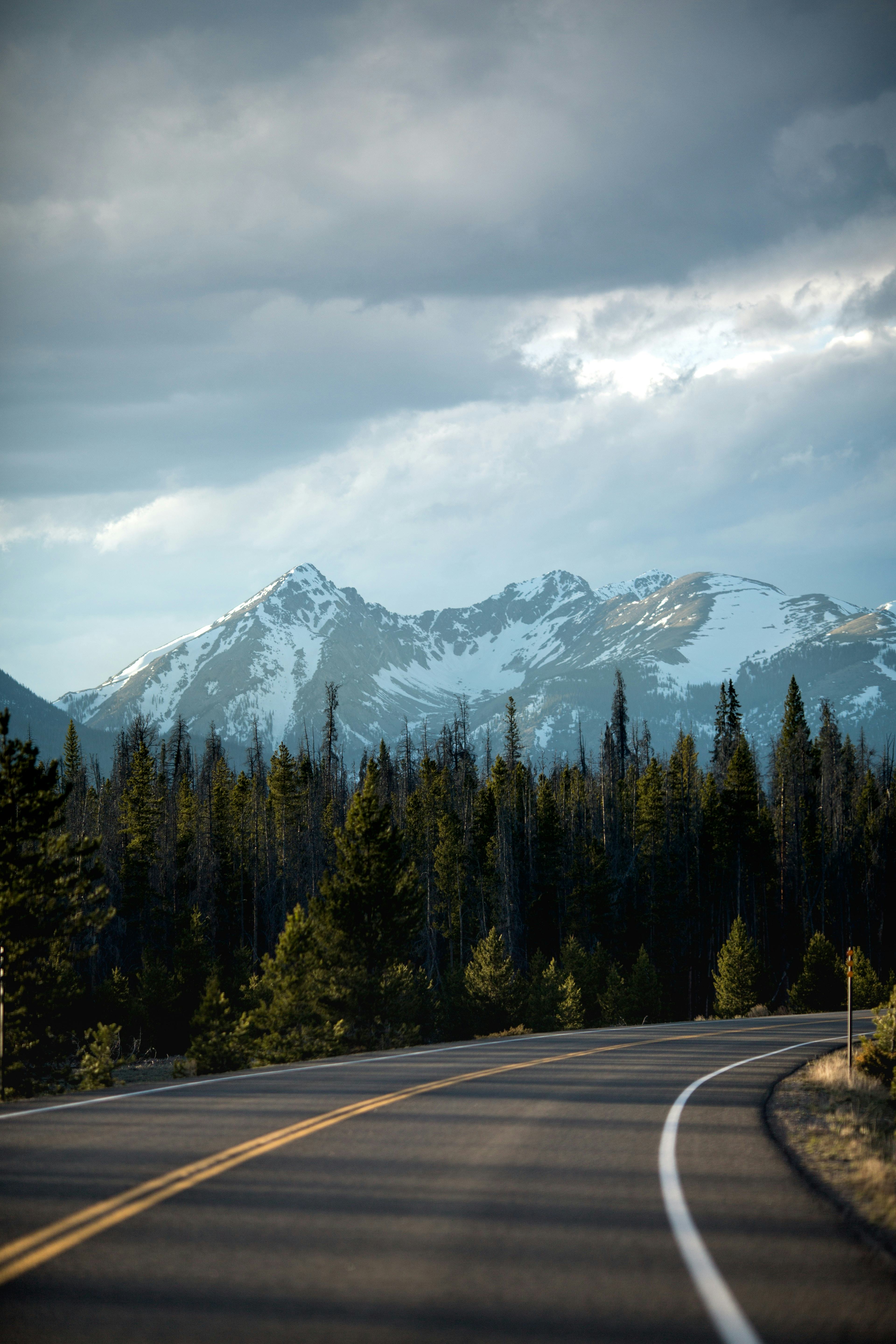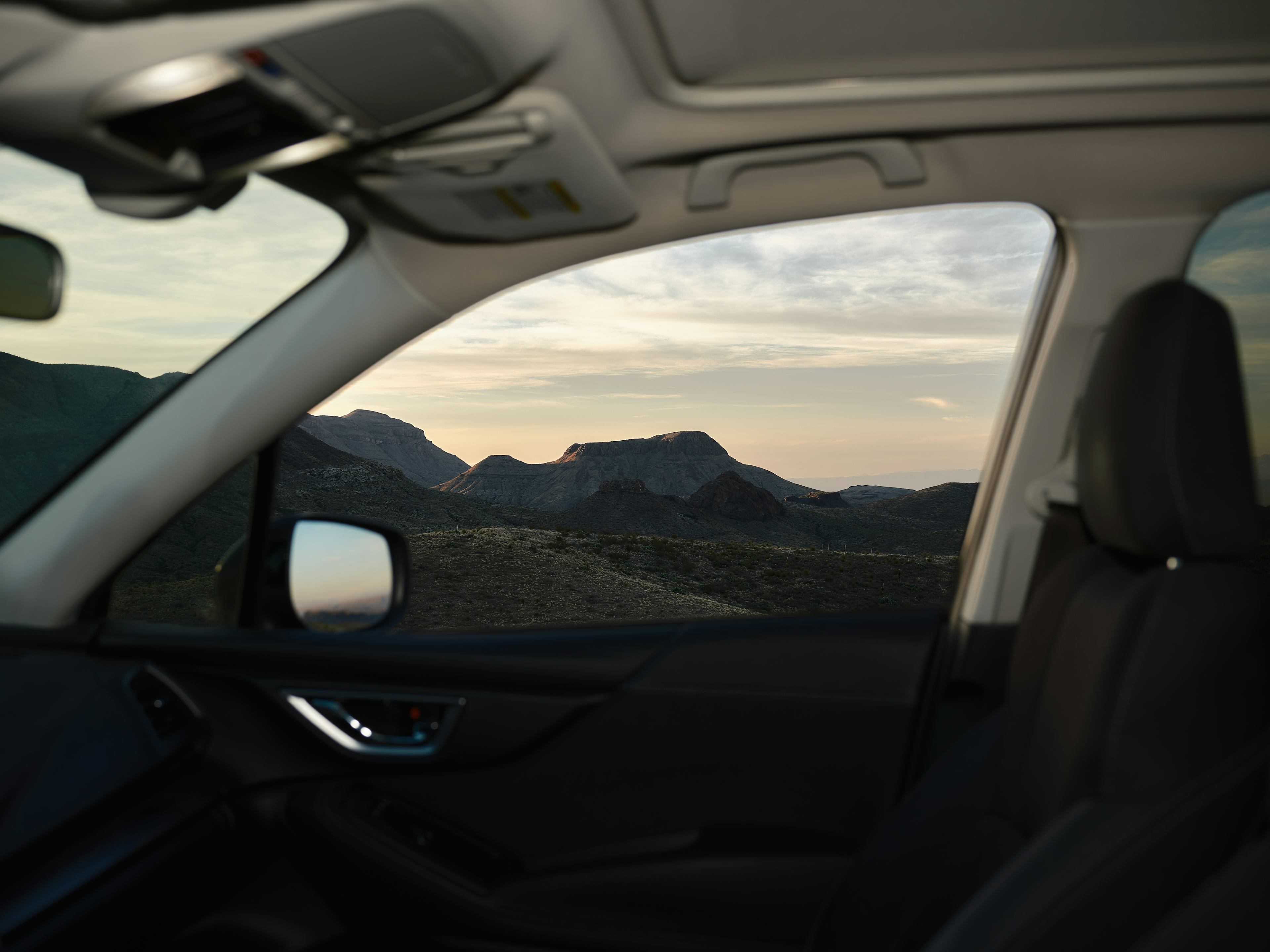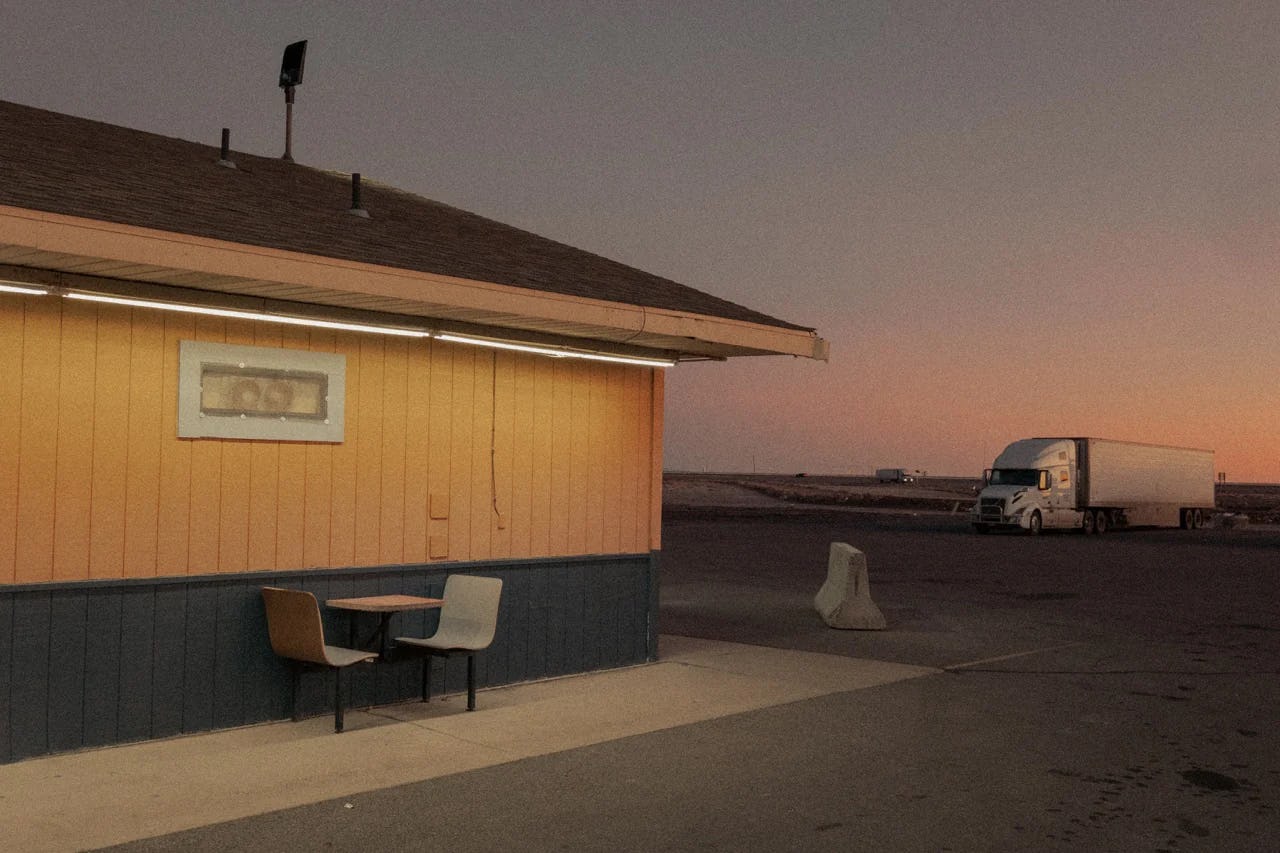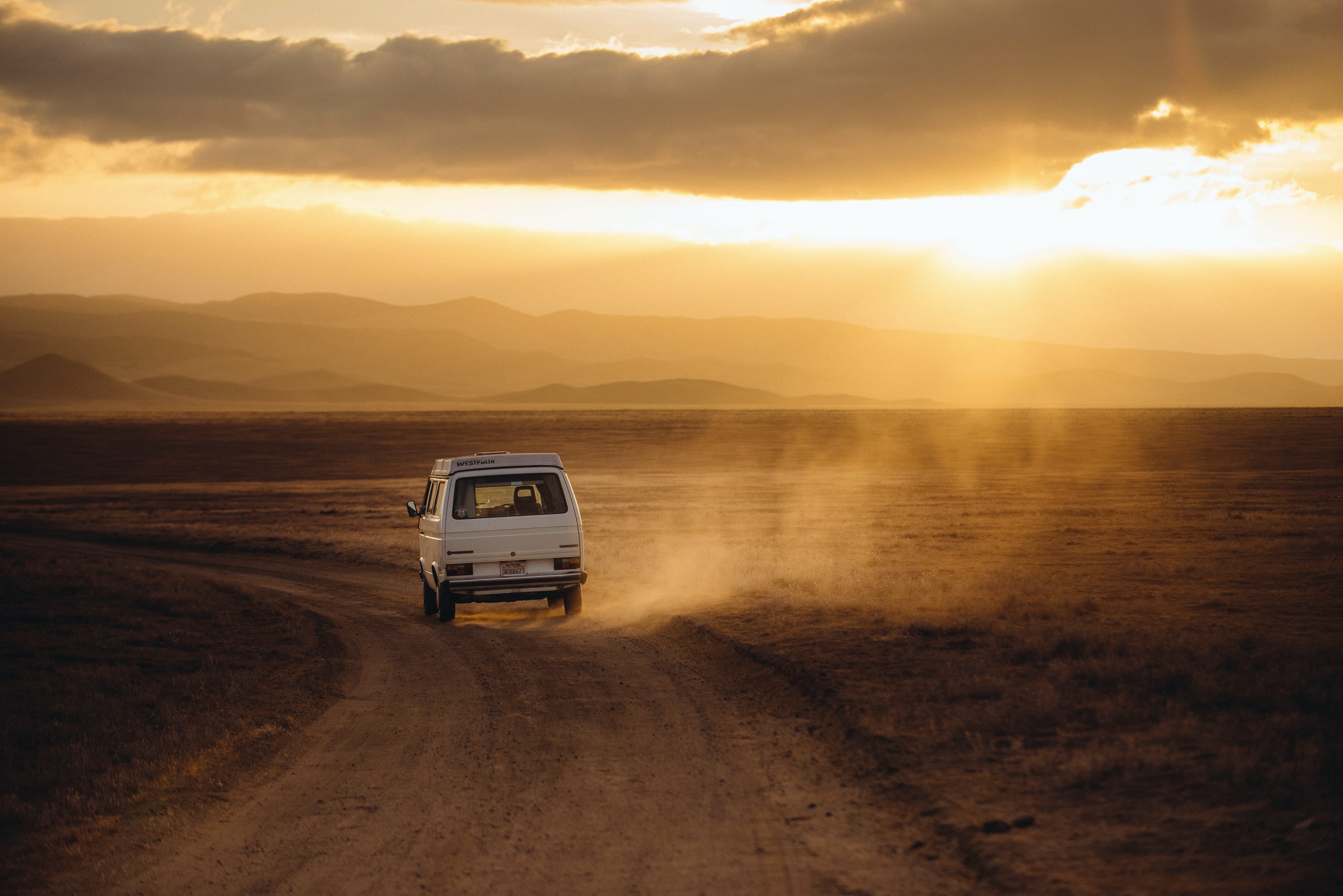Where to Camp in South Carolina’s Lowcountry
Stake out a dry patch among islands and estuaries.
Capers Island | Marion Naccache
Even during the Palmetto State winter, plenty mild for camping, the Lowcountry air can feel thick: salty, humid, earthy. Water defines the region, a place where boundaries blur among rivers, salt marshes and open tidal waters. Lush with live oaks, the landscape offers lessons in impermanence: an untended hiking trail can just as quickly be overgrown as washed away. In January, shorebirds speckle the beaches, sight-fishing anglers take to the mudflats, locals gather for oyster roasts and campers have their pick of knockout sites.
CAPERS ISLAND HERITAGE PRESERVE
Boaters and kayakers stake out beach sites on this wild barrier island, north of Charleston, known for its “boneyard” strip of skeletal, sun-bleached trees. Primitive camping requires a permit from the state’s DNR—pack what you need in and out.
LAKE JASPER RV VILLAGE
Spanish moss drapes around this tidy RV park’s catch-and-release bass pond. The real draw is trail access into neighboring Sergeant Jasper Park, where campers wander pine wetlands, play one of the state’s best disc golf courses, and rent kayaks to paddle alongside herons and gators.
CAROLINA HERITAGE OUTFITTERS
Three paddle-in stilted “treehouses” tucked among willows and bald cypresses on the lazy, tannin-stained Edisto River. A shuttle drops off upstream for check-in, picks up downstream for check-out.
HUNTING ISLAND STATE PARK
It’s quieter in winter, but South Carolina’s most visited park has full hookups, laundry facilities, a gift shop and a camp store—the works. Trails take in the bridged island’s maritime forests and 1875 lighthouse. The best beach is a ferry ride away, on neighboring, undeveloped St. Phillips Island (formerly Ted Turner’s private estate).







